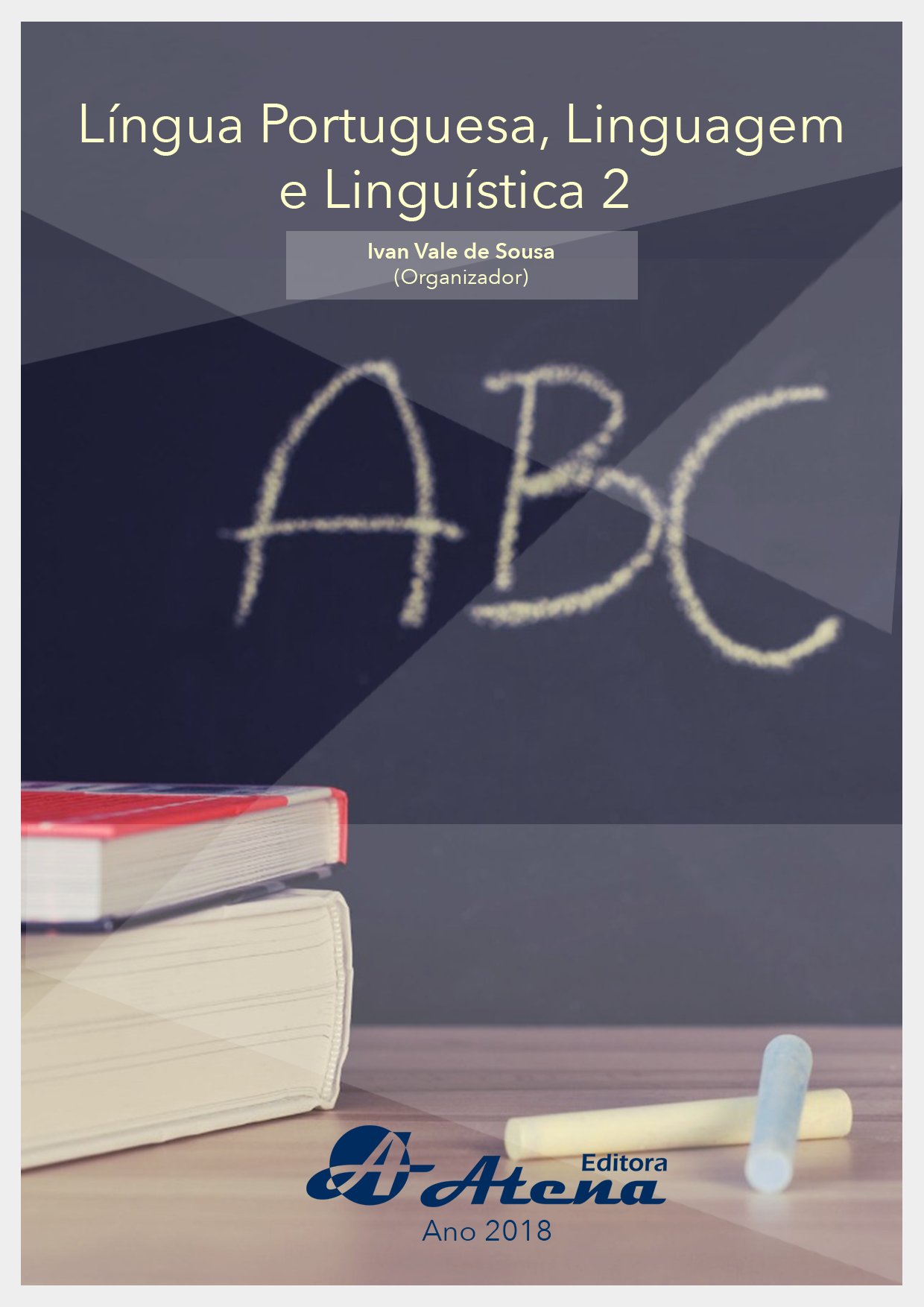
ESTUDOS SOBRE A PALAVRA FONOLÓGICA NA LÍNGUA POLISSINTÉTICA LATUNDÊ (NAMBIKWÁRA DO NORTE)
Considerando que a Palavra
Fonológica (PF) é um componente básico na
hierarquia prosódica (VOGEL, 2008), não estando
suscetível a grandes variações independente
da estrutura morfossintática das línguas, sendo
um domínio relevante da interface fonologia/
sintaxe, buscou-se neste trabalho descrever
as regras fonológicas condicionadas à PF em
Latundê (família Nambikwára), envolvendo a
proeminência acentual e seu comportamento
dentro da PF. Tipologicamente, o Latundê é
uma língua predominantemente polissintética,
de ordem SOV e com marcação no núcleo. Este
estudo sobre o Latundê justifica-se pelo fato
de que ainda há pouco conhecimento sobre a
hierarquia prosódica em línguas polissintéticas
e que fenômenos da polissíntese têm fornecido
elementos importantes para reflexões teóricas
e tipológicas sobre as línguas do mundo.
Para este trabalho, foram ouvidos, transcritos
e observados acusticamente os dados do
Latundê, com o auxílio do programa de análise
acústica PRAAT. O estudo se ancorou em
Stevens (1998) e Ladefoged & Maddieson
(1996), para a identificação das propriedades
sonoras de segmentos e suprassegmentos, em
Vogel (2008), que discute o domínio da palavra
fonológica x polissíntese e em Telles (2002,
2014), para o entendimento da morfossintaxe
do Latundê. Notou-se que os processos
fonológicos de assimilação, glotalização,
alteamento vocálico, rotacismo, dentre outros,
são restritos às palavras fonológicas e que o
acento desempenha um papel determinante
em alguns destes fenômenos. Constatou-se
também que a definição genérica de Palavra
Fonológica apresentada por Vogel é válida para
os fenômenos observados no Latundê.
ESTUDOS SOBRE A PALAVRA FONOLÓGICA NA LÍNGUA POLISSINTÉTICA LATUNDÊ (NAMBIKWÁRA DO NORTE)
-
DOI: Atena
-
Palavras-chave: Família Nambikwára; Latundê; Língua Polissintética; Palavra Fonológica.
-
Keywords: Latundê; Nambikwára Family; Phonological Word; Polysynthetic Language.
-
Abstract:
Considering that the Phonological
Word (PW) is a basic component in the
prosodic hierarchy (VOGEL, 2008), it is not
susceptible to large variations regardless of the
morphosyntactic structure of languages, and,
therefore, a relevant domain of the phonology
/ syntax interface, this paper aims to describe
the phonological rules conditioned to the PW in
Latundê (a Nambikwára language), concerning
the stress prominence and its behavior within the PW. Typologically, Latundê is a
head-marked SOV language, predominantly polysynthetic. This study on Latundê is
justified by the facts that there is still little knowledge about the prosodic hierarchy
in polysynthetic languages and that the phenomena of polysynthesis have provided
important elements for theoretical and typological reflections on world languages. For
this study, we examined acoustically and transcribed the available data in Latundê by
making use of the acoustic analysis program PRAAT. The study was based on Stevens
(1998) and Ladefoged & Maddieson (1996), that provide tools for identifying the sound
properties of segments and suprasegments, on Vogel (2008), that discusses the domain
of the phonological word versus polysynthesis and on Telles (2002, 2014), in order to
understand the morphosyntax of Latundê. We noticed that the phonological processes
of assimilation, glotalization, rotacism, among others, are restricted to the phonological
words and that stress plays a determining role in some of these phenomena. We also
found that the generic definition of phonological word presented by Vogel is valid to the
phenomena observed in Latundê.
-
Número de páginas: 15
- Luiz Antonio de Sousa Netto


